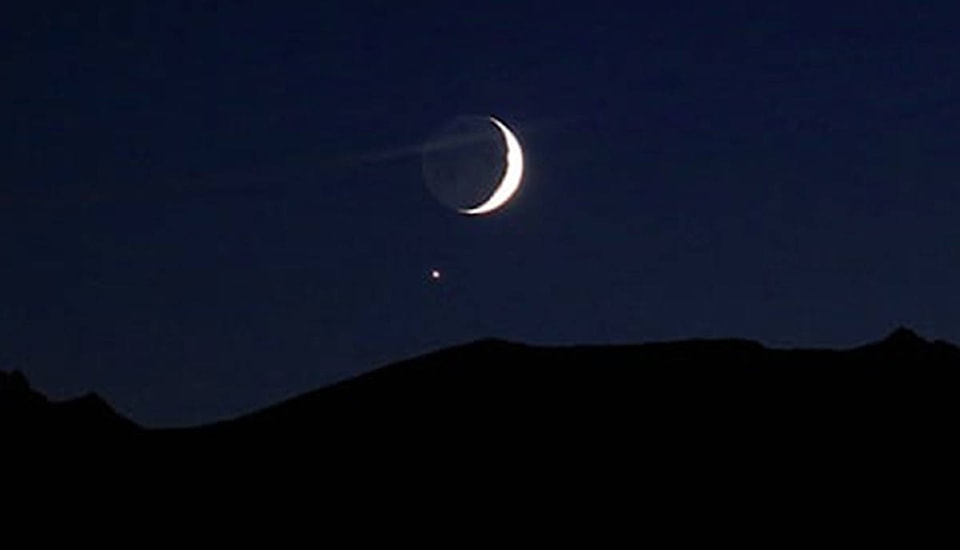By Dan Hicks
Away from city lights, where the Milky Way yet survives, the southern East Kootenay July night sky is graced with all five visible planets, spanning the sky along the ecliptic from west to east; Mercury, Venus – our brilliant evening star, Jupiter, Saturn and Mars – the Red Planet, now the fourth brightest object in the sky (after the sun, moon and Venus).
Mercury, our solar system’s smallest planet and closest to the sun, is the only difficult one to see – a binocular object, setting at 10 p.m.
Venus is the second inner planet and the hottest, with a 462°C mean surface temperature; all the rest are – from our Earthly prospective – outer planets.
Mars is the last planet to rise in our mid-July night sky, at 11:30 p.m. The second smallest planet, it comes closest to Earth on July 31, a sight to be seen because it has not been this close to us since the summer of 2003, and will not be as close again until 2035.
Unfortunately, Mars’s telescopic grandeur is much diminished by a global dust storm that has enveloped the planet since mid- June and may have killed NASA’s long-serving solar-powered rover Opportunity).
On August 12th, the annual Perseid Meteor Shower peaks in a dark moonless sky and, in a unique astronomical gathering, Subaru of Cranbrook is hosting a Night of the Falling Stars at a dark-sky location, where stargazers can see the incoming Perseids vaporize in our mesosphere, and identify the eternal bright stars, stellar configurations, nebulous light, and wandering planets which have traversed the summer night sky since before there were humans here to contemplate them.
